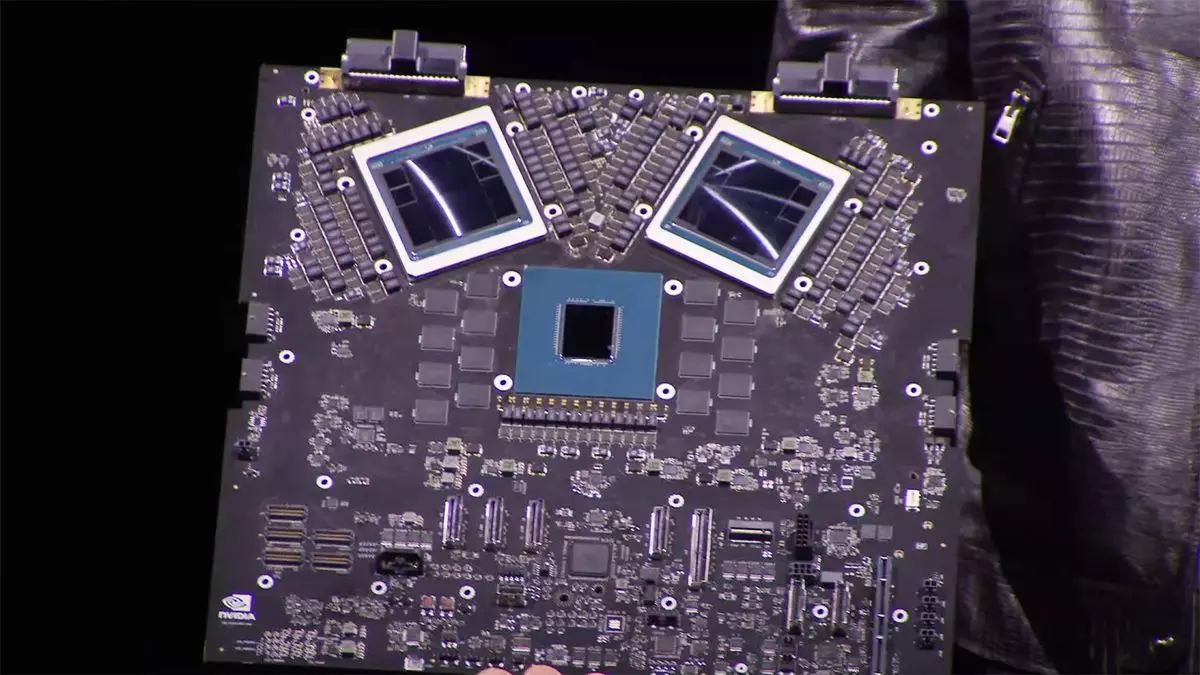In 2025, a glaring issue is affecting tech leaders and enthusiasts alike: the shortage of GPUs—the lifeblood of powerful computing, particularly in fields like artificial intelligence. OpenAI CEO Sam Altman has recently highlighted this predicament on social media platform X, lamenting that his company is facing a significant backlog due to insufficient graphics processing units. As someone who avidly monitors the market for substantial GPU deals, this situation resonates deeply. The demand for high-performance GPUs, which are essential for running advanced AI models, has surged to unprecedented levels, leaving many in the tech community scrambling for options.
Enterprise-Grade Challenges
Altman’s remarks specifically reference enterprise-grade GPUs such as those used in Nvidia’s DGX B200 and DGX H200 platforms. OpenAI is not just facing a temporary hiccup; it is contending with a crucial bottleneck that threatens the timelines for its innovations. With the recent delivery of the DGX H200 by Nvidia’s own CEO, Jen-Hsun Huang, one might assume that acquiring additional GPUs would be straightforward. However, this predicament points to a larger issue: an inability to accurately predict the rapid growth of demand for AI technologies—a challenge not just faced by OpenAI, but by Nvidia as well.
The constraints on GPU availability underscore a significant challenge within the tech industry. As Altman described, the company is poised to integrate “tens of thousands” of new GPUs into its operations in order to launch the eagerly awaited GPT-4.5 model. However, the reality is that the constraints have delayed this rollout, and increased demand has made the balancing act of maintaining sufficient hardware a herculean task. Altman candidly acknowledged that better anticipation of growth patterns is necessary.
The challenge of accurately forecasting hardware demand is compounded by several factors, such as globally disrupted supply chains and the cessation of production for older models. It is evident that not only is OpenAI feeling the squeeze of GPU shortages, but Nvidia itself appears to be grappling with similar difficulties. This situation raises questions on strategic planning within these companies and the measures they are taking to adapt to rapid technological advancements.
OpenAI’s plans to design its own AI chips offer a glimpse of potential solutions for mitigating these supply chain issues. By investing in bespoke silicon production, OpenAI not only aims to reduce reliance on existing giants but also hopes to tailor products precisely to its model requirements. This strategic pivot is compelling, as it underscores the vision for autonomy in hardware development—allowing innovation without the frictions associated with existing market limitations.
Excitement Surrounding GPT-4.5
Despite these challenges, there is an optimistic horizon ahead for OpenAI, particularly with the forthcoming GPT-4.5 model. Altman expressed his enthusiasm, describing it as a transformative experience, noting it “feels like talking to a thoughtful person.” This advancement serves as a hopeful reminder of the quality of engagement AI can offer, and it highlights the ongoing evolution of human-computer interaction.
While it may not be setting any extraordinary benchmarks right now, GPT-4.5 holds promise in enhancing user experience. The anticipation surrounding its release amplifies the hopes of many eagerly awaiting access to this innovative technology. For AI enthusiasts, this represents a pivotal moment where AI’s potential begins to resemble more closely that of human-like interaction.
As OpenAI gears up for the integration of a wealth of GPUs into its operations, it serves as a vital reminder of the interconnectivity between demand, technological advancement, and supply chain dynamics in the modern tech landscape. The narrative surrounding GPU shortages is not merely about hardware; it encapsulates broader themes of innovation, adaptability, and strategic foresight in an industry that thrives on rapid evolution.
For those passionate about AI, the horizon appears bright, albeit with some bumps along the way. As companies like OpenAI and Nvidia navigate the complexities of growth and supply constraints, one can only hope that the innovative spirit prevails, paving the way for remarkable advancements in the field of artificial intelligence. In this dynamic environment, the challenges faced today will likely spur the groundbreaking solutions of tomorrow while shaping the future of technology as we know it.

